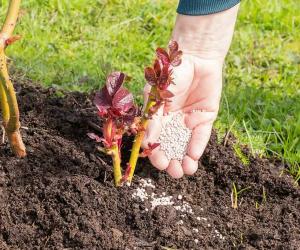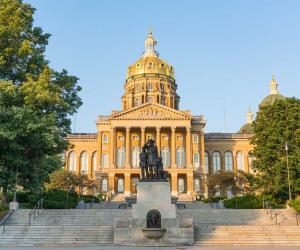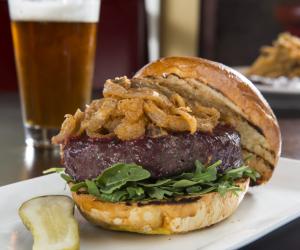Discover 10 International Treasures That Are Columbus' Sister Cities
Nestled in the heart of the United States, Columbus is the capital of the state of and the largest city by population. As the largest city by population, Columbus is an economic and cultural hub in the Buckeye State.
And as almost every large city in the country, it has its share of sister cities.
What Is A Sister City?
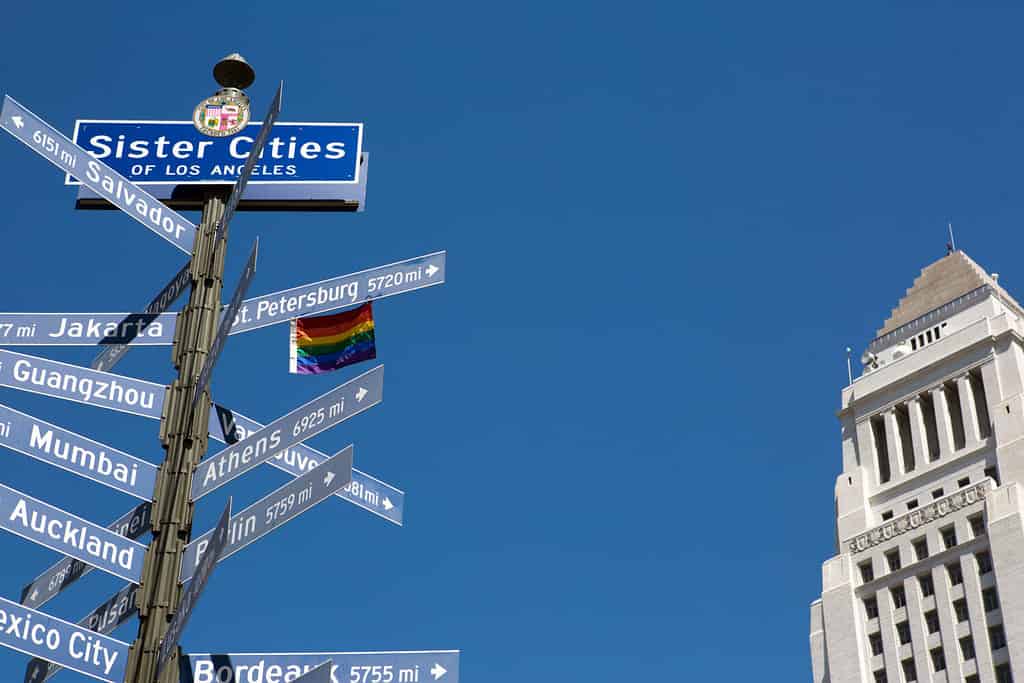
©Yevgenia Gorbulsky/Shutterstock.com
A sister city, sometimes called a twin town or twinning, is a relationship between two cities in different countries. It aims to promote friendship, cultural exchange, and cooperation. Community organizations, local governments, and sometimes individuals initiate these partnerships.
Sisters’ cities have multiple goals. These include fostering an understanding of different cultures, encouraging education exchanges, promoting tourism, facilitating trade and economic opportunities, and providing humanitarian help if needed.
President Dwight D. Eisenhower created the Sister Cities International Program in 1956. According to , he envisioned a network that would promote peace and understanding by fostering bonds with communities across the globe, especially after WWII.
Today, hundreds of U.S. cities participate in the Sister City program, connecting with over 2,000 communities worldwide. Columbus, Ohio, has ten sister cities on four continents.
Genoa, Italy
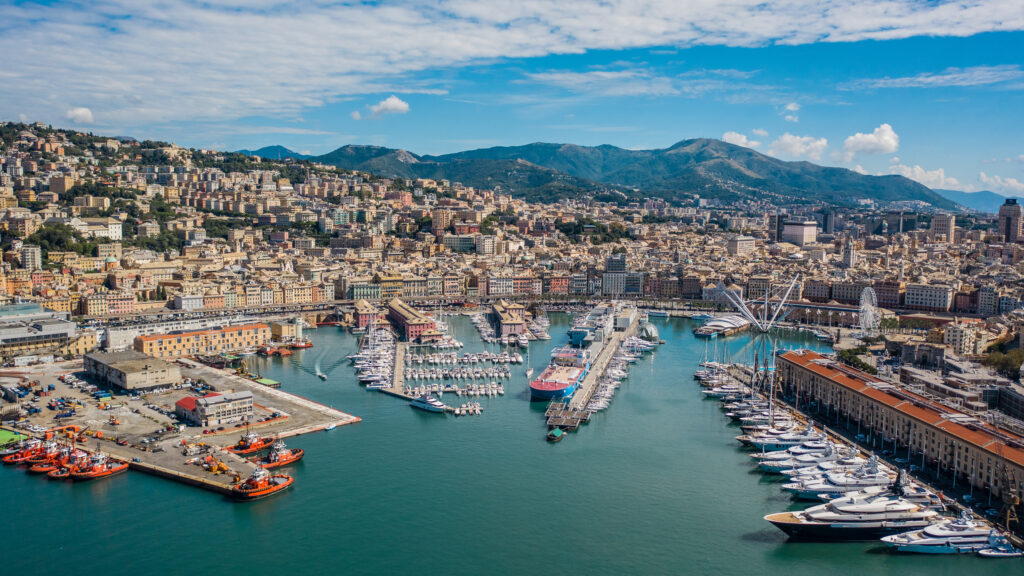
©Medvedkov/iStock via Getty Images
In 1955, , Italy, became Columbus’ first Sister City. The partnership was celebrated with a Christopher Columbus Statue that still stands outside of Columbus City Hall. More than 100,000 attended the event. Both cities have worked for 60 years with events like the bi-annual .
Genoa, or Genova in Italian, is a historic port city on the northwest coast of . Nestled in the Liguria Region, the city lies along the Ligurian Sea and boasts a rich history and a vibrant culture.
Genoa is one of Italy’s oldest cities. Its origins trace back to ancient times when the Ligurians inhabited the city and the surrounding regions (around 2000 BC). Genoa evolved into a powerful maritime republic in the Middle Ages, with skilled navigators and influential merchants. The city established trade routes with destinations in Asia and the Americas. Genoa played an essential role in Europe’s maritime and trading hub development.
Things to See and Do in Genoa
The city’s historical significance is reflected throughout the city. Visitors can observe its well-preserved medieval old town, narrow alleyways, grand palaces, and ancient churches. The old town, Centro Storico, is a UNESCO World Heritage site. Visitors can stroll in the charming cobblestone streets, squares, and historic buildings. One must-see is the Cathedral of San Lorenzo.
Also a UNESCO World Heritage, the Palazzi dei Rolli — a collection of streets and buildings — once were the residences of Genoa’s noble families. They showcase Renaissance and Baroque architecture. Hop on to the Via Garibaldi, a street lined with beautiful palaces, most of which are museums, to learn about the city’s wealth and culture during the Renaissance era.
Visitors can end the visit at Porto Antica, the city’s old port full of thousands of years of history. It was revitalized recently and is now home to the Bigo Panoramic Lift and the Galata Maritime Museum. The former offers panoramic views of the city!
With a mix of Italian and Mediterranean influences, the Liguarian culture has delicious cuisine, festivals, and an extensive appreciation for the arts. Visitors can try the Ligurian cuisine, using seafood, basil, oregano, and the famous Genovese pesto sauce. Additionally, visitors can hop in the Teatro Carlo Felice, a cultural institution that hosts opera, ballet, and concerts. Multiple street festivals, parades, music, and traditional dances occur throughout the year.
Tainan, Taiwan
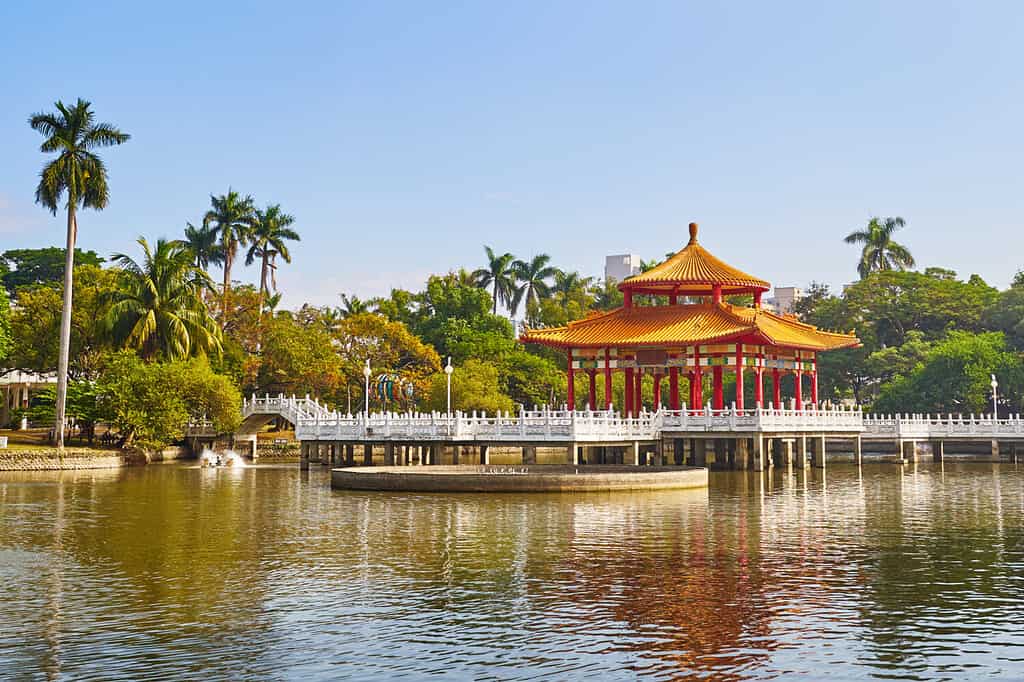
©The HippoZoom/Shutterstock.com
Columbus and Tainan became sister cities in 1980. It was Columbus’s second sister city and first in Asia. Through their partnership, Columbus developed an earthquake relief fund after the 2016 devastating earthquake that killed over 100 people.
Located in the southwestern part of , Tainan is steeped in history and culture. As Taiwan’s oldest city, Tainan holds a special place in the hearts of its residents. On Taiwan’s western coast, this historic city sits between the rolling hills of the Central Mountain Range and the azure waters of the Taiwan Strait.
Tainan’s roots go back to indigenous Taiwanese tribes. During the 17th century, Tainan became the capital of the Dutch colony of Formosa, followed by its role as the capital of the Ming and Qing Dynasties. As a result, the city boasts an astonishing array of historical sites, including ancient temples, colonial-era forts, and preserved Qing Dynasty architecture. The , a fortress built by the Dutch in the 17th century, and the Koxinga Shrine, honoring a Ming Dynasty hero, are examples of the city’s historical treasures.
Things to See and Do in Tainan
The city has many notable attractions, including the picturesque Anping Old Street, where visitors can explore charming alleyways, sample local snacks, and learn about Taiwan’s maritime history at the Anping Tree House. Visitors can explore the , a wetland paradise with various aquatic and bird species.
Culturewise, traditional Chinese customs meld with Taiwanese and indigenous traditions, creating a rich and diverse cultural tapestry. The city is renowned for its delicious street food, including savory oyster omelets and aromatic rice cakes, offering a delectable taste of local culinary culture.
Hefei, China
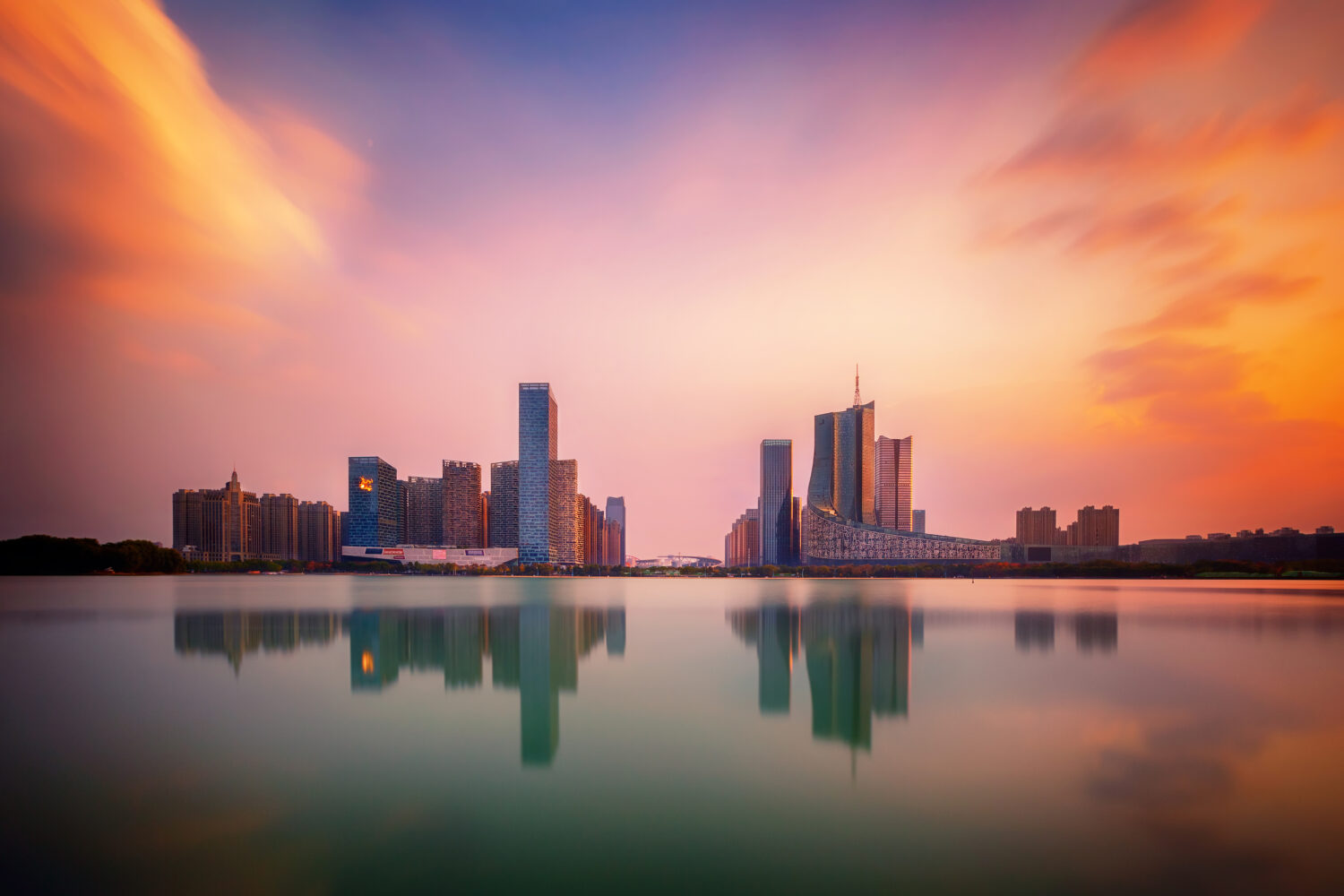
©Nataliya Hora/Shutterstock.com
The partnership between Columbus and Hefei started in 1988. Since then, both cities worked together on cultural exchange programs and the annual Marathon Exchange.
Hefei, located in eastern , serves as the capital of Anhui Province. Strategically situated at the Yangtze River and Huaihe River basin intersection, it is an essential regional transportation hub and an important urban center in China.
At first, Hefei was a small settlement during the Western Han Dynasty (206 BC–9 AD). Then, it evolved into a regional administrative and cultural center. Hefei played a significant role in the Taiping Rebellion (1850–1864), a significant change in Chinese history.
Things to See and Do in Hefei
Visitors can explore Hefei’s historical roots through different attractions. The Xiaoyaojin Park features ancient city walls and gates and the Memorial Temple of Lord Bao. Visitors can also discover the Hefei Swan Lake, a scenic urban park with a large lake and walking paths.
The city’s culture is primarily influenced by its location and history. The Anhui cuisine, one of China’s eight great culinary traditions, emphasizes wild herbs, freshwater fish, and unique flavors. Tourists can savor delicious local dishes such as “Braised Turtle with Ham” and “Li Hongzhang Hotchpotch.”
Additionally, Hefei has a thriving arts scene, with venues like the Hefei Grand Theater hosting traditional Chinese opera and modern theatrical productions. Visitors can also explore the Anhui Museum, which houses many historical artifacts, art, and cultural relics.
Odense, Denmark
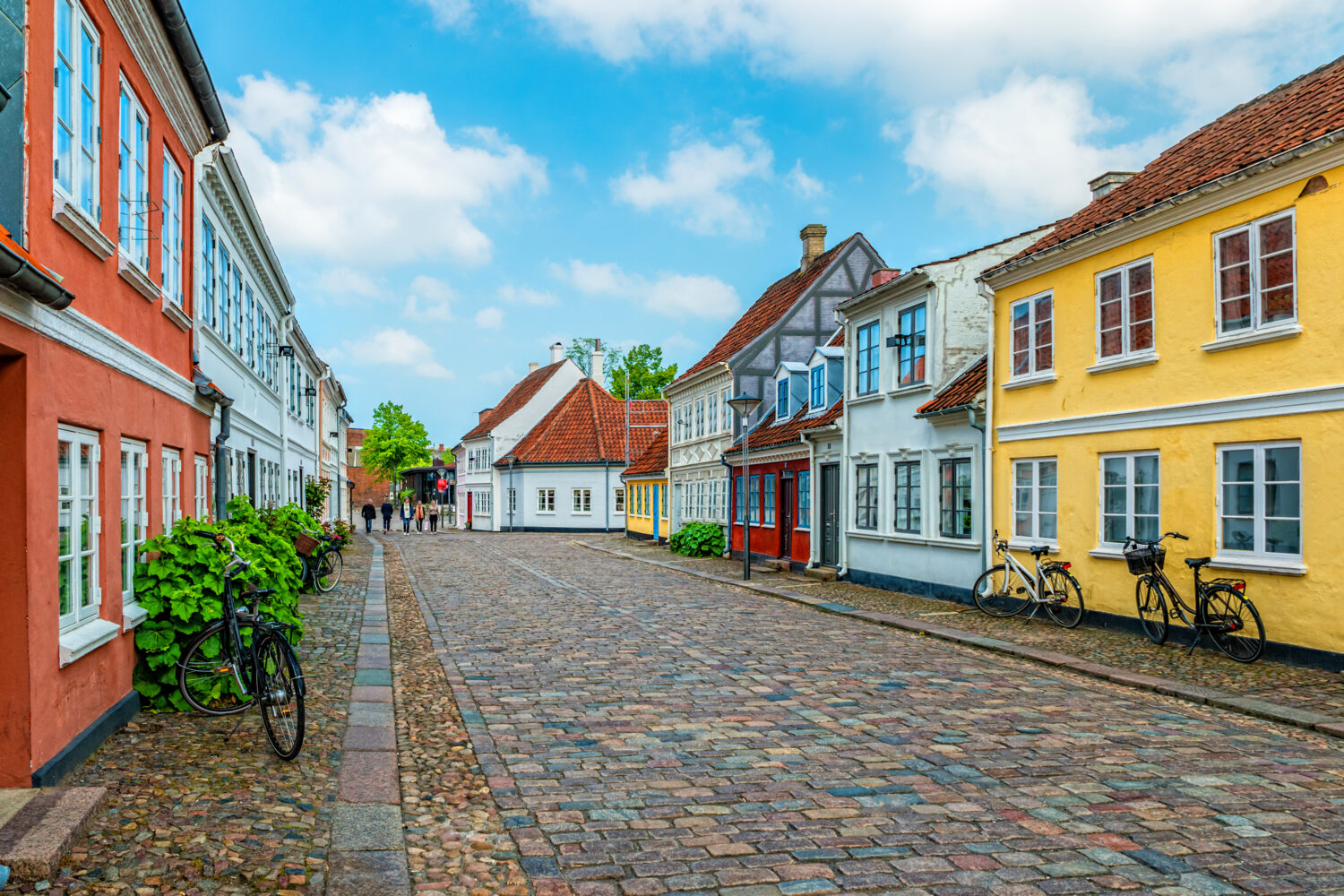
©Perekotypole/Shutterstock.com
Columbus and Odense also became sister cities in 1988. Both cities have engaged in different exchanges, including some with Ohio State University.
Located on the island of Funen in the heart of , Odense is a colorful city. Approximately 100 miles (160 kilometers) southwest of the capital, Copenhagen, Odense, is the third-largest city in the country.
Like many Northern European cities, Odense’s history traces back to the Viking Age. It is one of the oldest cities in Denmark and was established in the 10th century, in 988. It became a center for commerce, trade, and religious activity. Later, in the 16th century, Odense suffered from the Protestant Reformation. The religious landscape changed with Catholic institutions replaced by Lutheran ones.
Things to See and Do in Odense
In the late 19th century, specifically in 1875, Hans Christian Andersen was born in Odense. He later became one of the most well-known fairy tale writers. He wrote the famous “The Little Mermaid,” adapted multiple times in movies and cartoons, and “The Ugly Duckling.” The city works to preserve its legacy and offers several sites dedicated to his life and works, like The .
Outside of Andersen-related attractions, tourists can visit the St. Canutes Cathedral, completed in the 11th century, a significant landmark in Odense. A short drive from the city is the Egeskov Castle, a stunning Renaissance water castle that offers insight into Denmark’s architectural heritage. For families, the Odense Zoo is a favorite.
For food enthusiasts, Odense is a great place to taste Danish cuisine. A must-try is the Smørrebrød, a Danish open-faced sandwich along with some Danish-crafted beers!
Odense is a great place to enjoy galleries, theaters, and music venues. The Odense Symphony Orchestra and the Funen Opera are notable institutions that offer multiple shows.
Seville, Spain
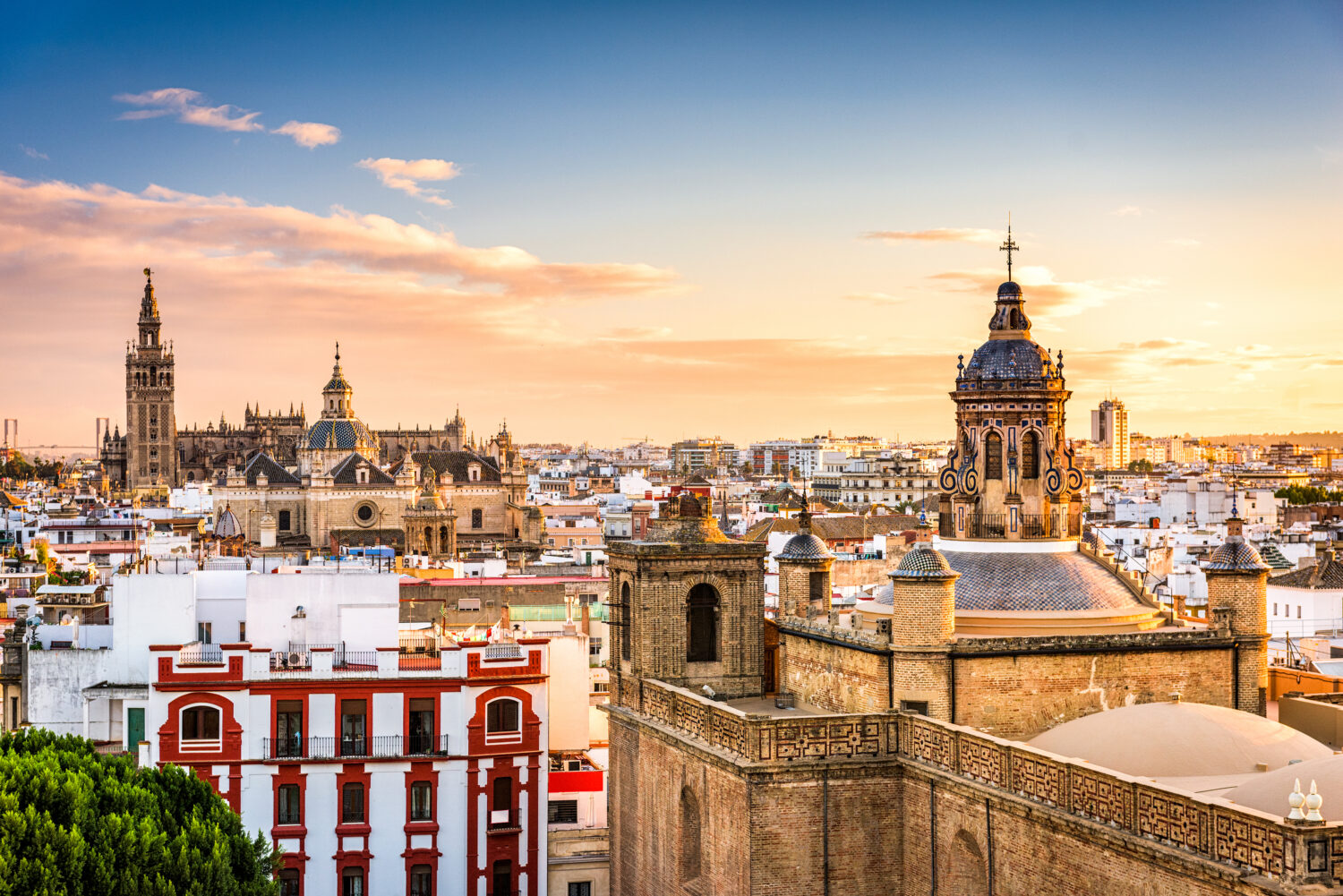
©Sean Pavone/Shutterstock.com
Seville and Columbus started their partnership as sister cities in 1988. Both cities focus their partnership on exchange programs.
Seville, or Sevilla in Spanish, is in the southern part of , in the autonomous community of Andalusia. Nestled along the banks of the Guadalquivir River, Seville is one of Spain’s most iconic and culturally rich cities, famous for its fascinating history and vibrant culture.
Various civilizations, including the Romans, Moors, and Christians, influenced Seville’s history. In 43 BC, Julius Caesar took the city renamed it to ‘Lulia Romuela’ or ‘Romula’. It became one of the most important cities in the Roman Empire.
Centuries later, in the early 8th century, Seville was captured by the Moors (a term used by Christian Europeans to designate Muslim populations). They ruled the city for several centuries, and Seville experienced a period of great cultural and economic prosperity known as “Ishbiliya.”
Later, Seville played a crucial role during the Age of Exploration, as it was one of the main ports for ships traveling to and from the New World during the 16th century.
Things to See and Do in Seville
A famous attraction in Seville is the Giralda Tower, built by the Moors as the minaret of the Great Mosque of Seville. After the Reconquista in 1248, the Christian forces conquered Seville and evicted the Muslims from the city and the region. The Catholics added a Renaissance style to the mosque and converted it into a Christian cathedral called . The Giralda Tower, as the former minaret, was converted into a bell tower. Visitors can climb inside and admire stunning views of Seville.
The city is also home to the famous or Royal Alcázars of Seville, historically known as al-Qasr al-Muriq. The Moors initially built this magnificent palace. After the Reconquista, the Castillians added features to make it a royal palace for King Peter of Castile. It is a must-see in Seville.
Strolling in Seville, visitors may encounter Flamenco performances, a famous dance from Andalusia. Seville is also home to various festivals, the Semana Santa (Holy Week) and Feria de Abril (April Fair).
Additionally, visitors can stop in the city’s bustling markets like the Mercado de Triana and savor traditional dishes like gazpacho, salmorejo, and tapas.
Dresden, Germany
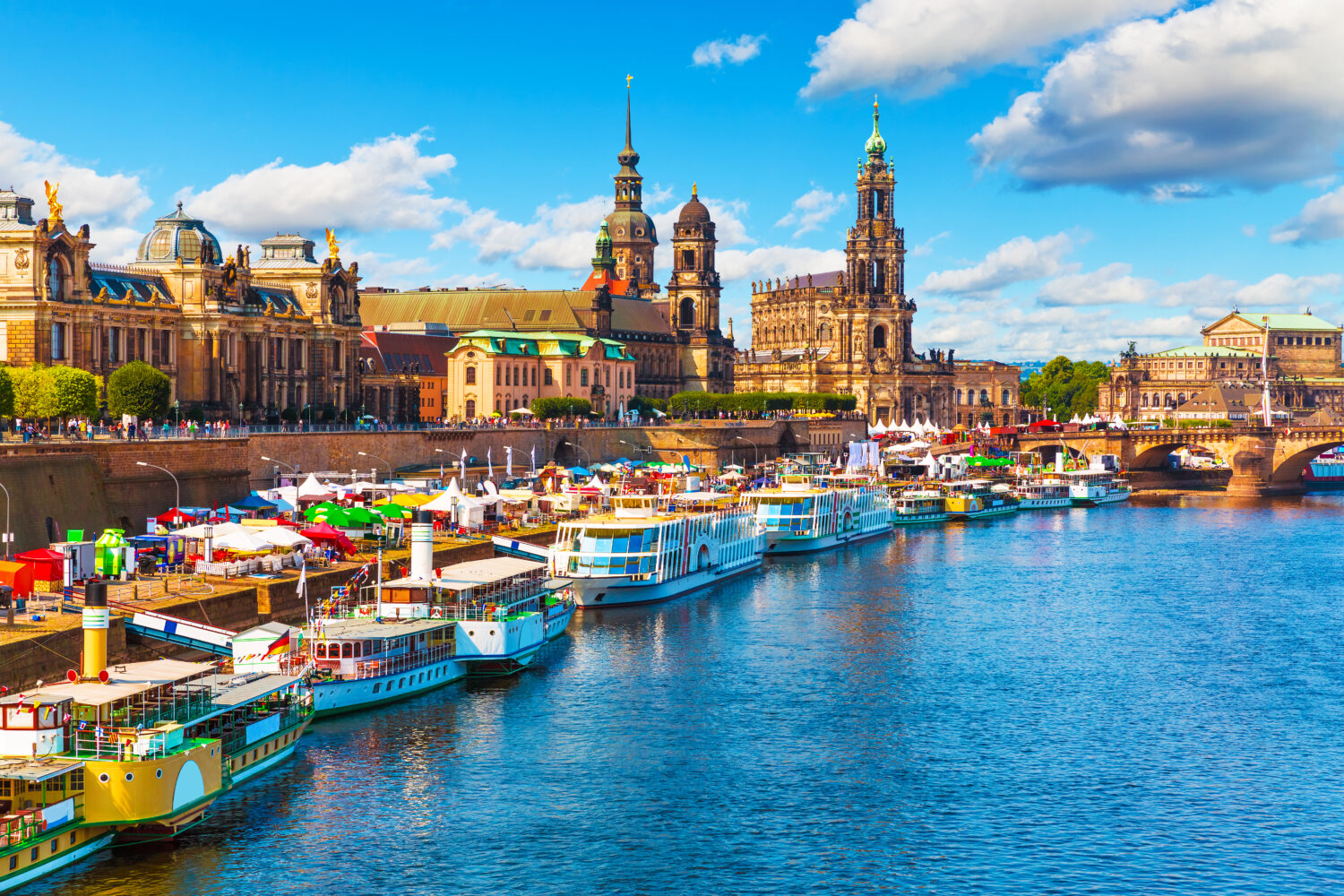
©Oleksiy Mark/Shutterstock.com
In 1992, Dresden and Columbus became sister cities. Since then, they have worked to create different cultural exchange programs. These include the Dresden Summer Language Program and the Marathon Exchange.
In the eastern part of , Dresden is a city with a rich history and stunning architecture. Nestled in the state of Saxony, Dresden rests on the banks of the Elbe River.
Dresden was once known as the “Jewel Box” for its Baroque and Rococo architecture, with iconic landmarks like the Dresden Frauenkirche, Zwinger Palace, and the Semperoper Opera House. However, during World War II, Dresden was heavily bombed in 1945, resulting in the near-total destruction of its historic center. Dresden started an extensive reconstruction effort in the following years, rebuilding many of its architectural treasures.
Things to See and Do in Dresden
The , almost entirely destroyed during WWII, was reconstructed with its iconic dome. Also destroyed during the war and rebuilt, the Dresden Zwinger, an opulent palace complex, is an example of Baroque architecture. It features museums, galleries, and beautifully landscaped gardens. The Semperoper Opera House, one of Europe’s most renowned opera houses, is an architectural marvel and hosts world-class performances.
The city is also home to various museums, the Albertinum, the Green Vault, and the Dresden State Art Collections. All house an array of world-class art and historical artifacts. The city’s calendar is also full of festivals, including the and the Dresden Music Festival.
Herzliya, Israel
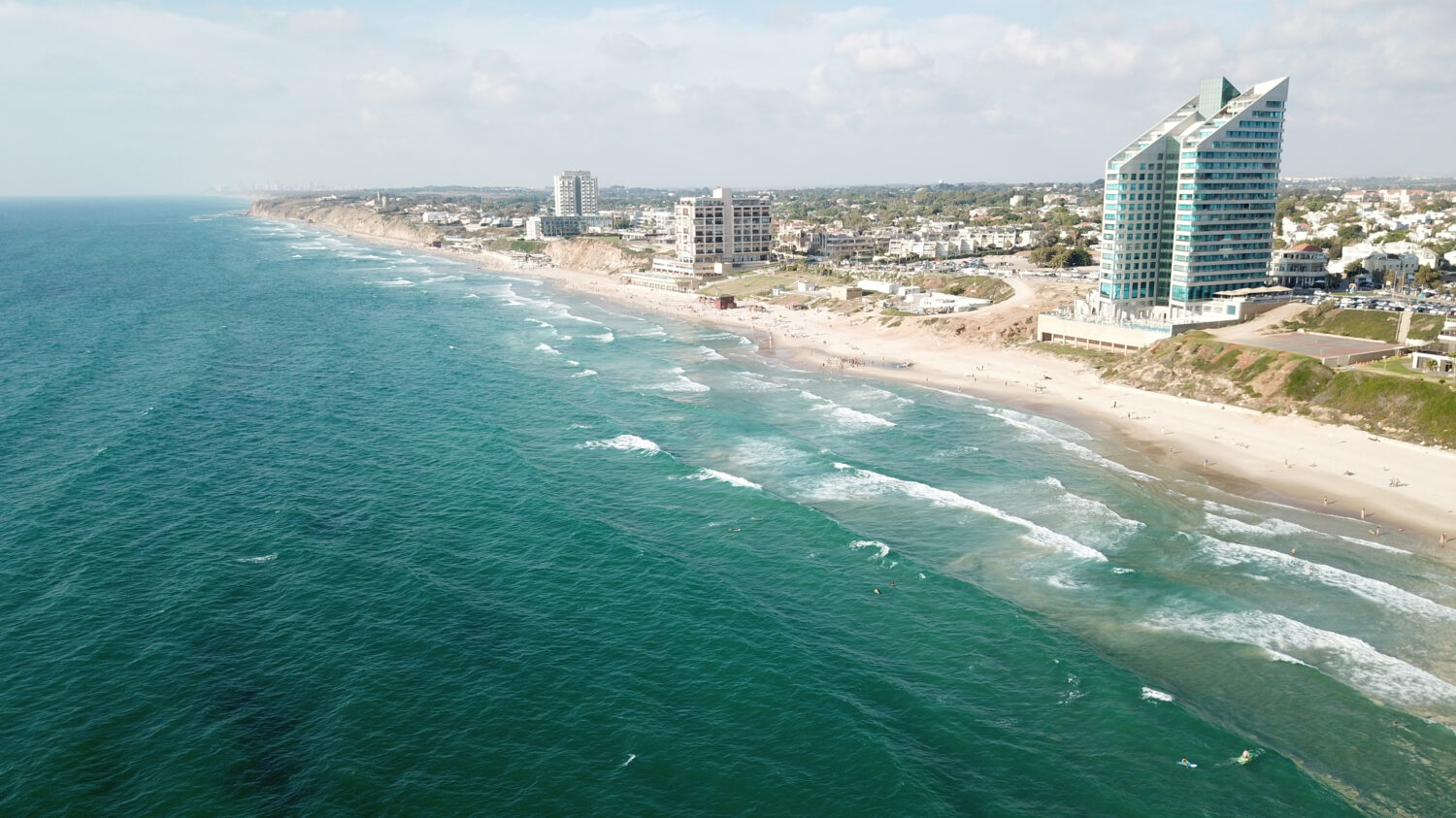
©Yuval Cohen Drones/Shutterstock.com
Columbus started its partnership as a sister city with Herzliya in 1994. As an important business center in Israel, Herzliya holds an economic development and growth relationship with Columbus.
Herzliya, along the Mediterranean coast in , is situated just north of Tel Aviv. The city of Herzliya is famous for its stunning beaches and high-tech industry.
The city’s history goes back to biblical times when it was part of the land of Canaan. Herzliya’s modern development began when Jewish immigrants founded a small agricultural settlement in 1924. Since its establishment, Herzliya has transformed from a calm coastal town into a bustling city, attracting residents and tourists.
Things to See and Do in Herzliya
In Herzliya, the is a must-see. This museum is a hub for contemporary Israeli art. It exhibits various contemporary artworks, including paintings, sculptures, and multimedia installations. The Apollonia National Park, an archaeological site in Herzliya, also offers a glimpse into the city’s ancient history, with remnants of a Roman villa and a Crusader fortress.
It is also a great place for outdoors enthusiasts. A long, white-sand beach borders the city, the perfect place to dip in the Mediterranean Sea, sunbathe, and enjoy beach and water activities.
Ahmedabad, India
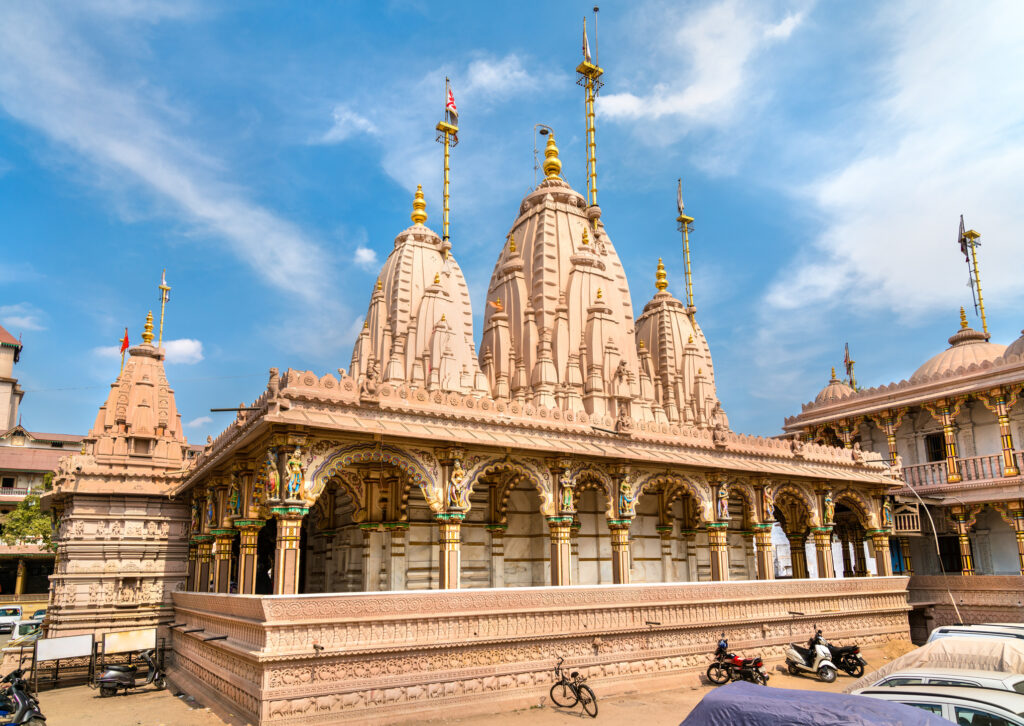
©Leonid Andronov/iStock via Getty Images
In 2008, Ahmedabad and Columbus became sister cities. Their relationship is primarily based on business and economic growth.
is located in the western state of Gujarat, . Situated on the banks of the Sabarmati River, it is the largest city in Gujarat and serves as the state’s economic and cultural hub.
Ahmedabad was founded in the 11th century by Sultan Ahmed Shah as the capital of the Gujarat Sultanate. It became an important center for trade, textiles, and craftsmanship for hundreds of years. Its specificity in the field of textiles earned the city the nickname “Manchester of India.”
Ahmedabad played a vital role in Mahatma Gandhi’s life and the Indian freedom movement, as it served as a base for many of his activities. The city also played a significant role in India’s struggle for independence.
Things to See and Do in Ahmedabad
Tourists in Ahmedabad can visit the , where Mahatma Gandhi lived for many years, from 1917 to 1930. It now serves as a place of reflection on his life and teachings. The city also has landmarks like the Jama Masjid and the Sidi Saiyyed Mosque. The Akshardham Temple, with its stunning architecture and spiritual significance, is just a short drive away. The Kalupur Swaminarayan Mandir, a Hindu temple, is a must-visit site in the old city.
The city is famous for different vibrant festivals, with the Uttarayan (the kite festival) and Navratri (a nine-night dance festival). With a significant influence of Gujarati culture, Ahmedabad remains a melting pot of diverse traditions, languages, and cuisines. Tourists can try famous dishes, street food, and snacks like dhokla, fafda, and jalebi.
Curitiba, Brazil
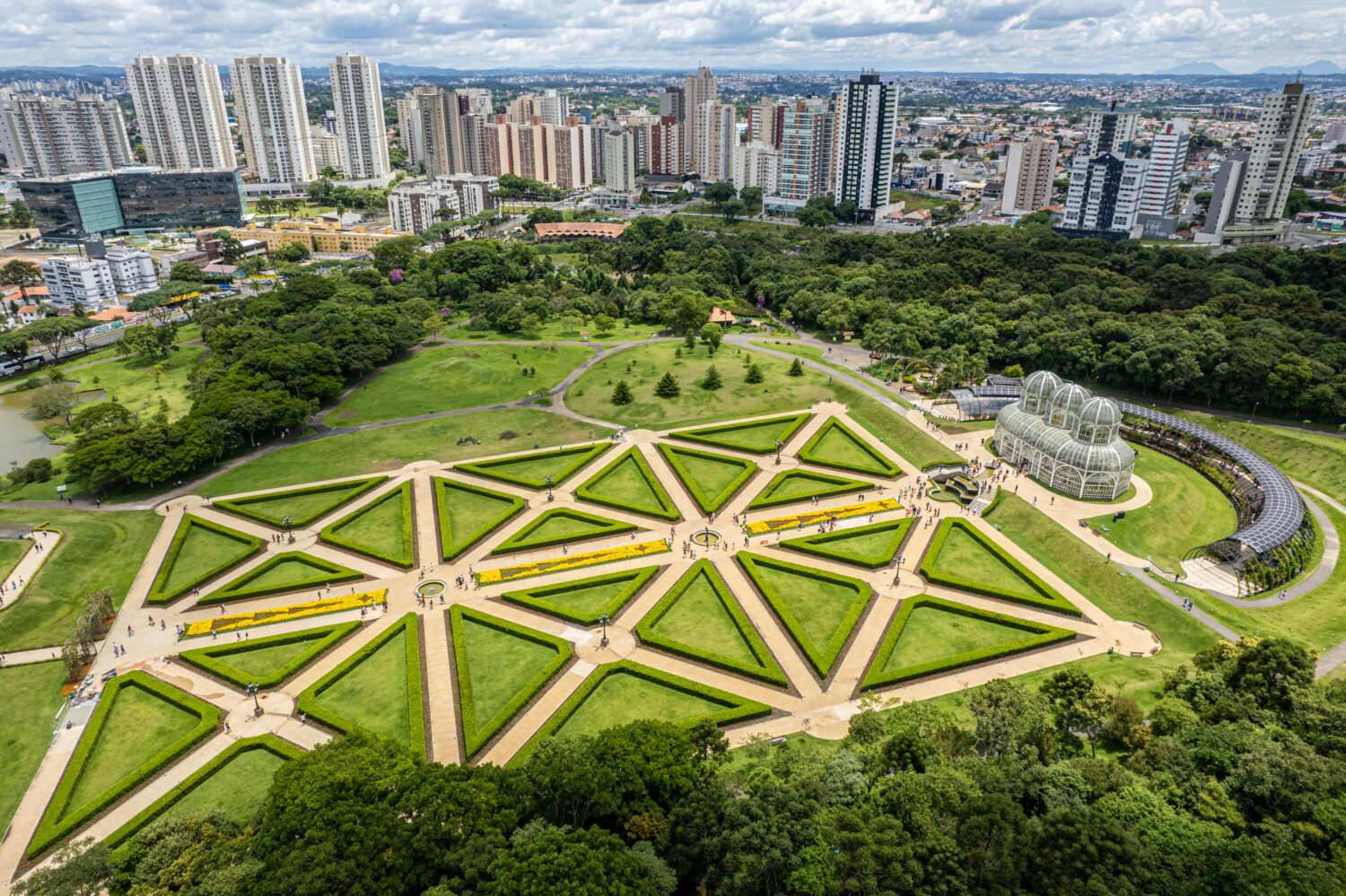
©Brastock/Shutterstock.com
Columbus and Curitiba became sister cities in 2014. Both cities worked on various cultural exchanges as well as the annual Marathon Exchange.
Curitiba, the capital city of the state of Paraná in , is nestled in the southern part of the country. It is approximately 250 miles (400 kilometers) southwest of São Paulo.
The city was founded in the 17th century when Portuguese settlers founded it. It then evolved from a small agricultural town to a thriving urban center with a diverse economy.
Things to See and Do in Curitiba
Tourists in Curitiba can visit the Oscar Niemeyer Museum, designed by renowned Brazilian architect Oscar Niemeyer, which houses an extensive collection of contemporary art. For history enthusiasts, the Museu Paranaense features artifacts and exhibits that tell the region of Paraná’s history. Curitiba is also famous for its stunning Wire Opera House. This open-air theater and its unique tubular structure welcomes cultural events and performances.
Visitors can explore the historic center and its charming streets, colonial-style buildings, and artisan markets. Additionally, Curitiba is known for its green initiatives. It boasts numerous parks and green spaces like the Botanical Garden and Barigui Park.
The city’s cultural scene is a mix of Brazilian and European influences. Visitors can explore the cultural heritage through the city’s festivals, music, and culinary traditions. Try the regional dish, “Barreado,” a delicious slow-cooked beef stew!
Accra, Ghana (2015)
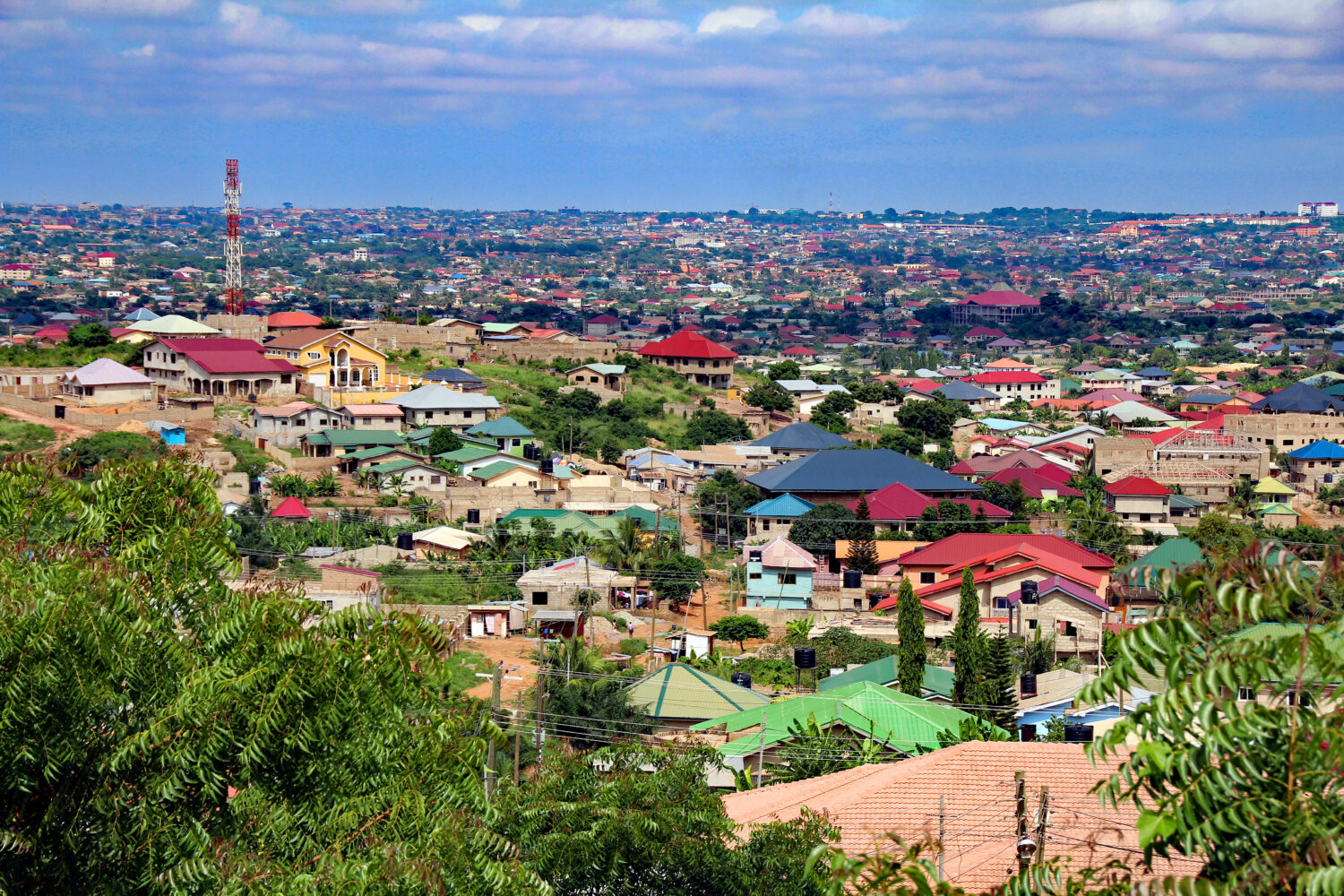
©Stefanie Addo/Shutterstock.com
Columbus’ latest sister city is Accra, , after they established their partnership in 2015. Both cities worked on the , a research program focusing on creating sustainable agriculture worldwide.
Accra is on the Gulf of Guinea along the Atlantic Ocean coast in West . It serves as the country’s political, economic, and cultural center. The city’s name comes from the Akan word “Nkran,” meaning “ants,” referring to the numerous anthills in the area.
In the 15th century, European explorers, including the Dutch and the Portuguese, established trade posts in the region. It eventually led to British colonization in the 19th century. A century later, Ghana gained independence from British colonial rule in 1957, and Accra became the capital.
Things to See and Do in Accra
On Independence Square, the Independence Arch symbolizes Ghana’s independence and is often featured in national celebrations. The Kwame Nkrumah Mausoleum honors Ghana’s first presdient, Kwame Nkrumah. It provides insight into his life and Ghana’s history. Tourists can also head to the Osu Castle, a former government and colonial administration seat.
Visitors can explore Jamestown, a historic neighborhood featuring colonial-era architecture and vibrant street art. For local craft, Makola Market is the place to go. As one of the largest markets in Accra, locals and visitors will find everything from fresh production to jewelry, textiles, and traditional crafts.
Accra is home to a diverse population of different ethnicities, including the Akan, Ga-Dangme, Ewe, and many others. Traditional festivals like Homowo, celebrated by the Ga people, and Odwira, celebrated by the Akan people, are colorful and lively events.
